Analysis of Human Development Theories: Erikson and Bronfenbrenner
VerifiedAdded on 2022/11/16
|9
|770
|157
Essay
AI Summary
This essay provides an overview of human development across the lifespan, focusing on two prominent theories: Erik Erikson's psychosocial developmental theory and Urie Bronfenbrenner's ecological systems theory. The essay examines Erikson's second stage, autonomy versus doubt, highlighting the development of independence, critical thinking, and self-identity in children aged 18 months to 3 years. It contrasts this with Bronfenbrenner's mesosystem, emphasizing the impact of the surrounding environment and interactions between microsystems on a child's psychological growth. The comparison and contrast section further elaborates on these concepts, illustrating how both internal psychological processes and external environmental factors shape human development. The essay concludes by emphasizing the complexity of child and human development and the usefulness of Erikson's and Bronfenbrenner's theories in understanding these processes.
1 out of 9
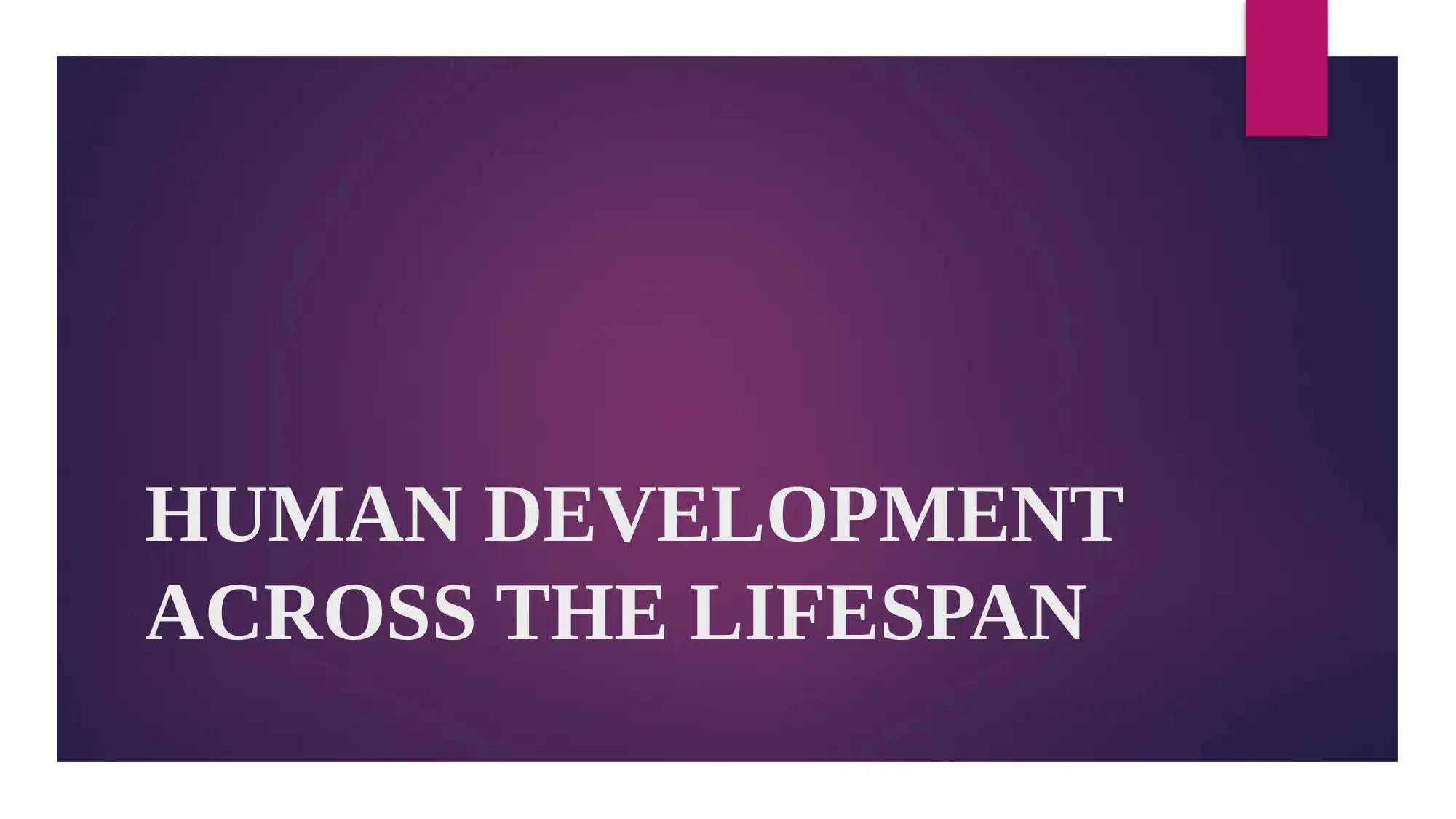
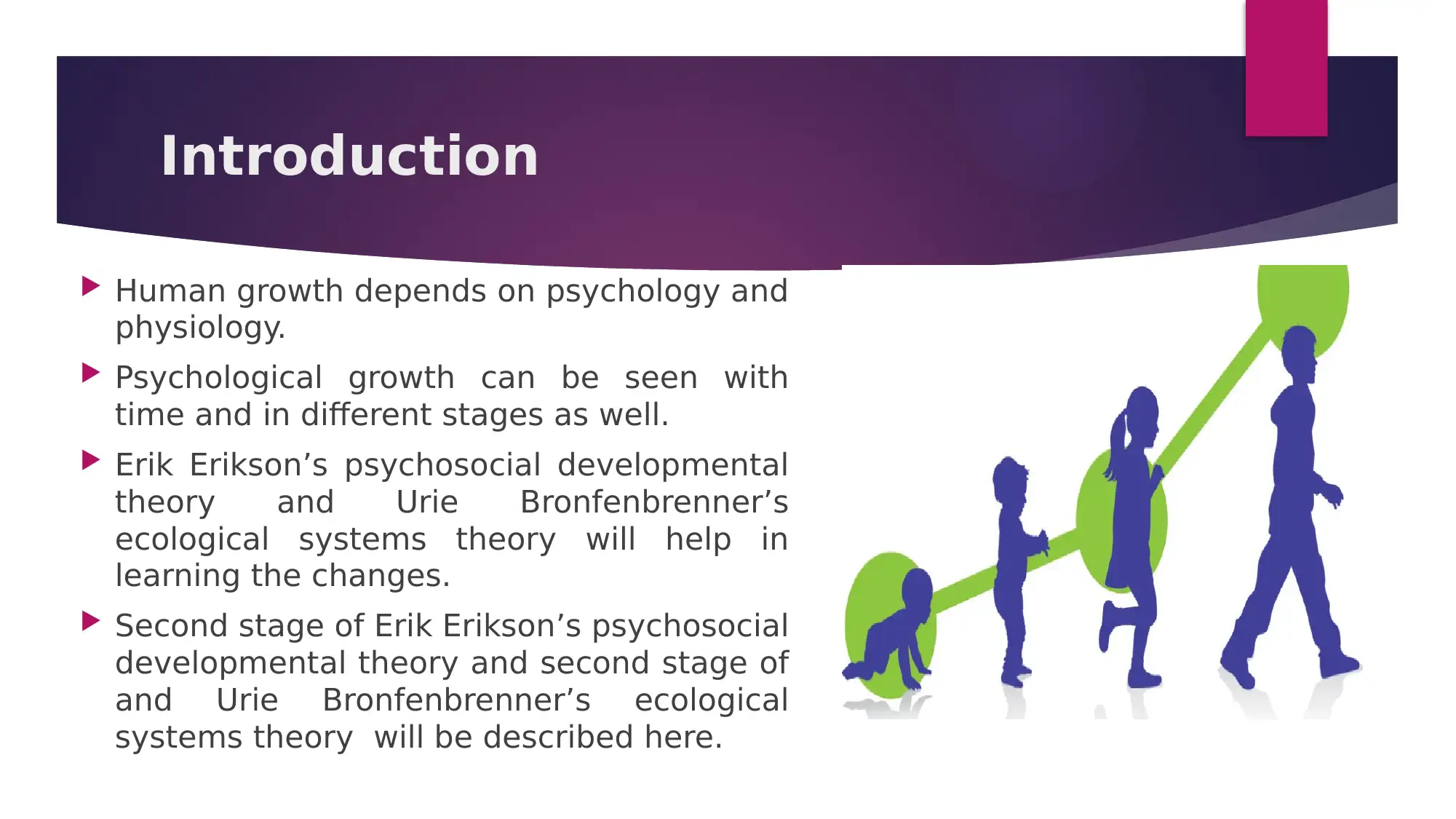
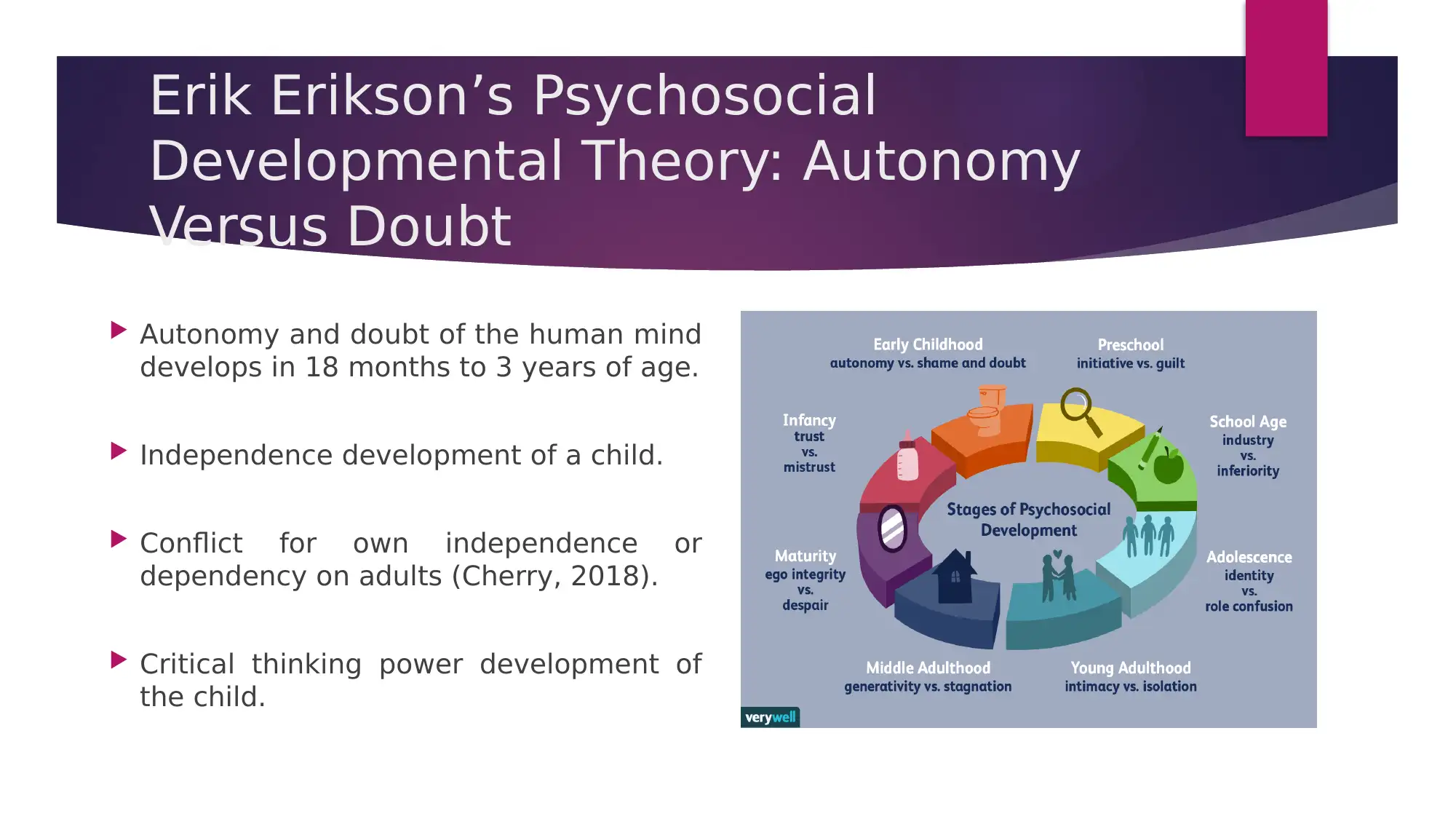

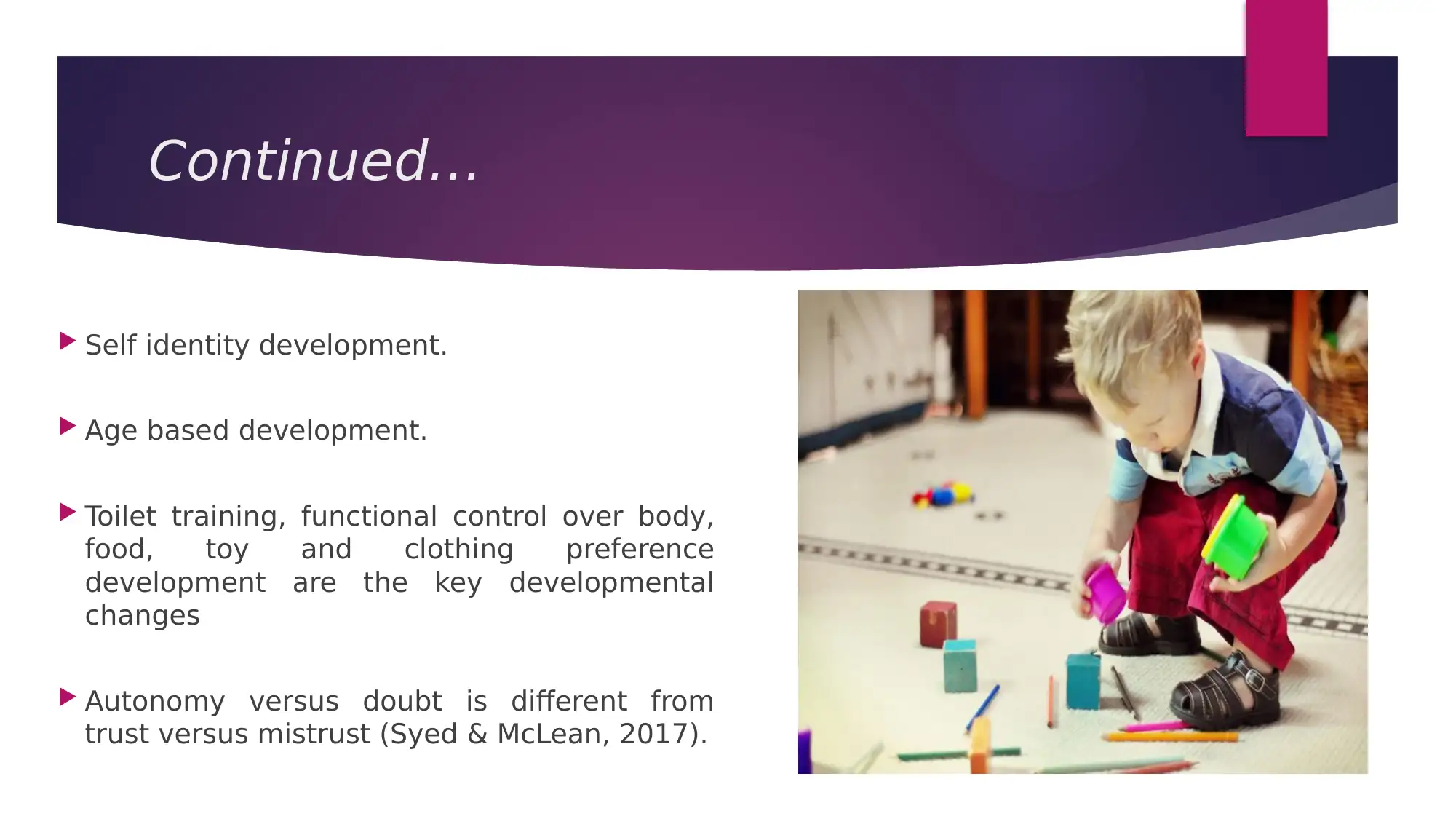
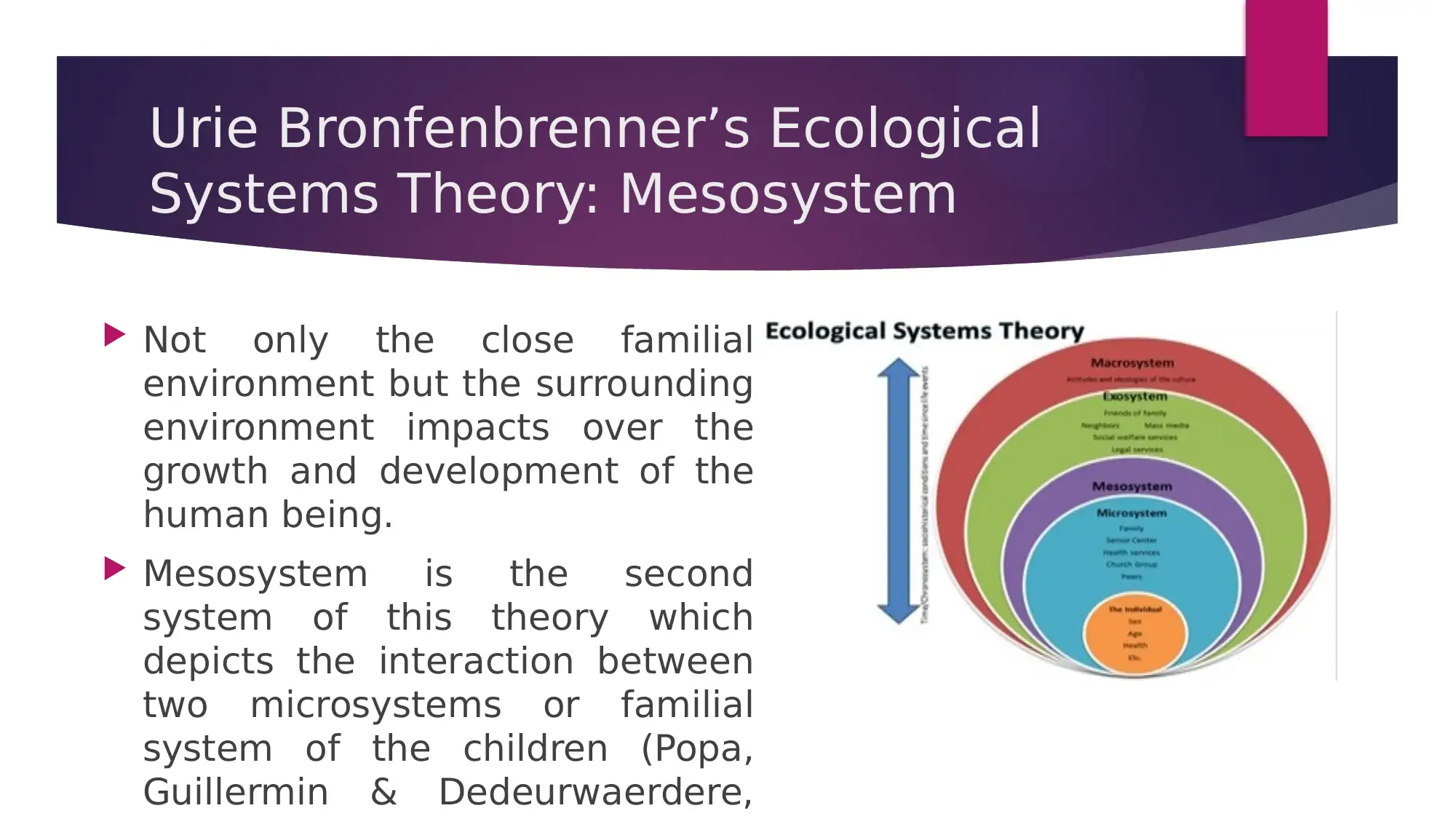
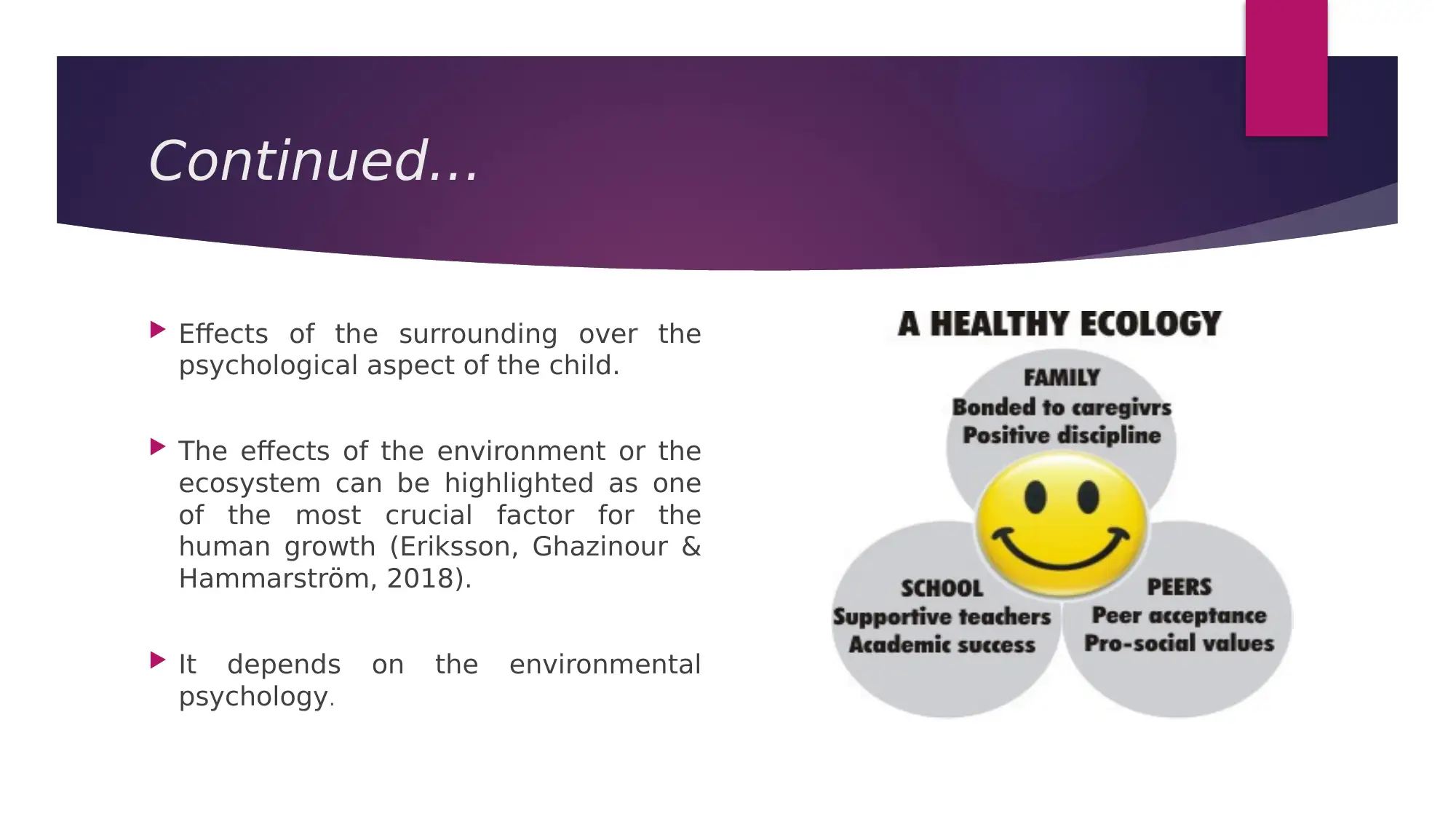
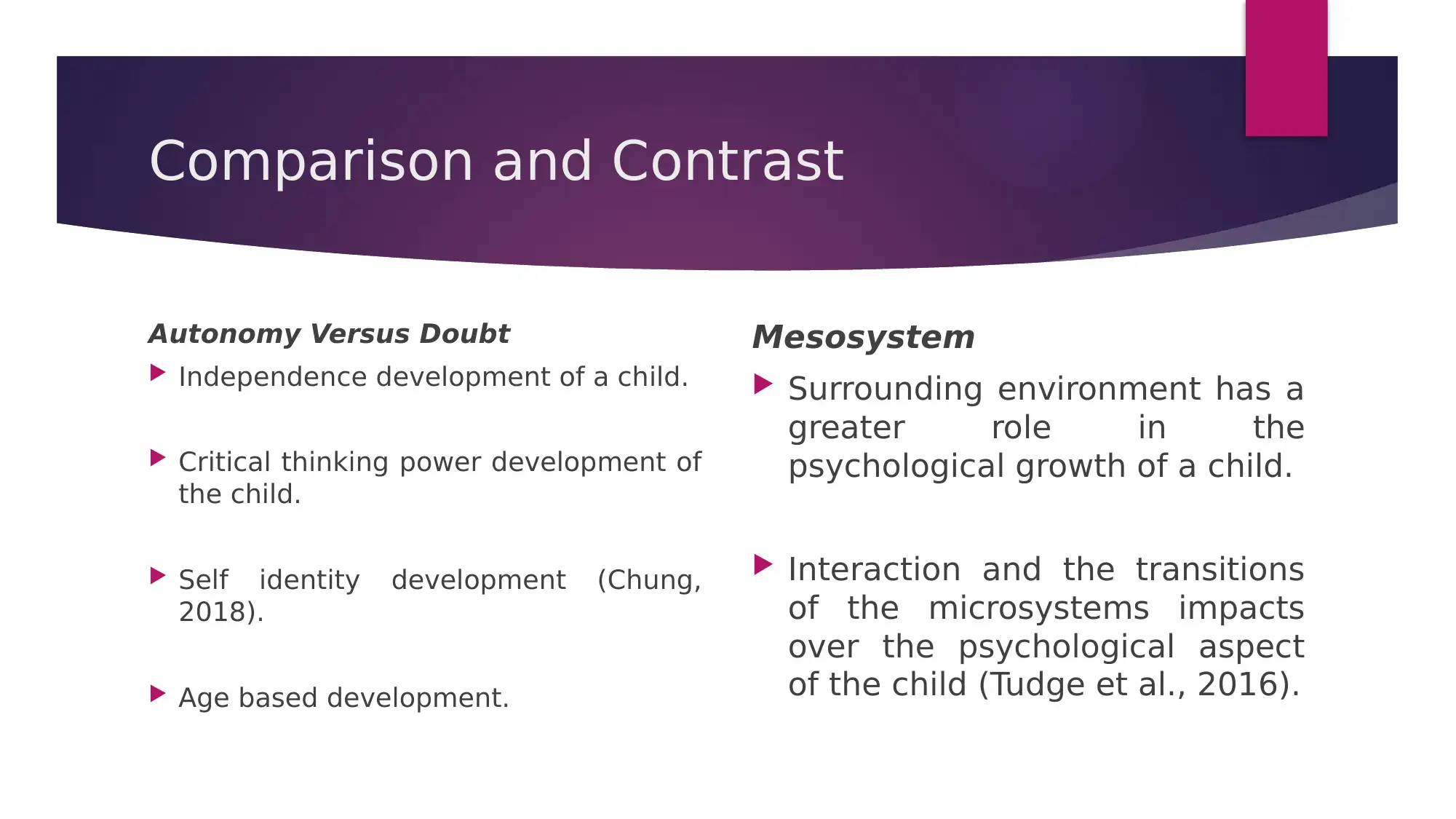
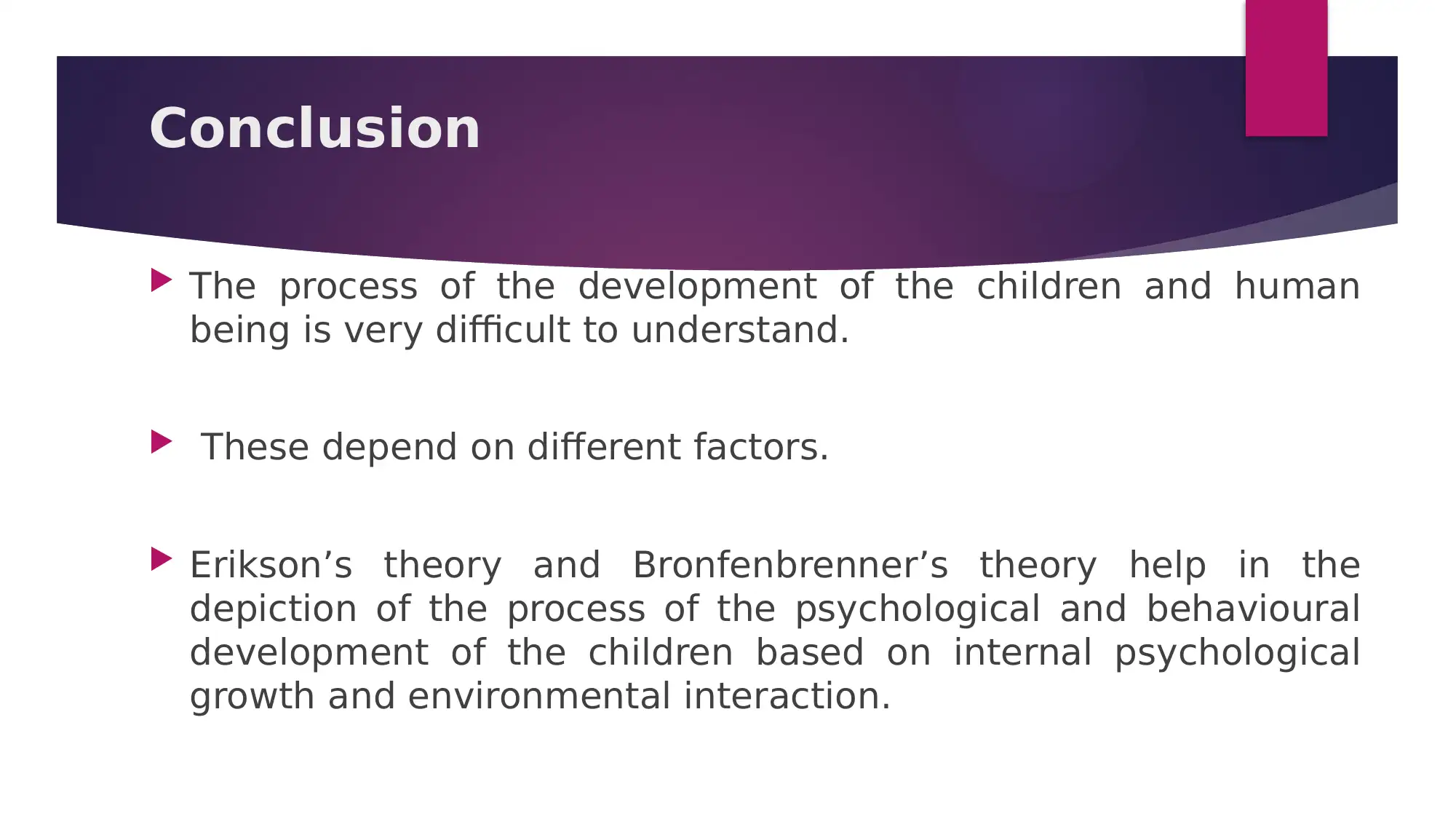
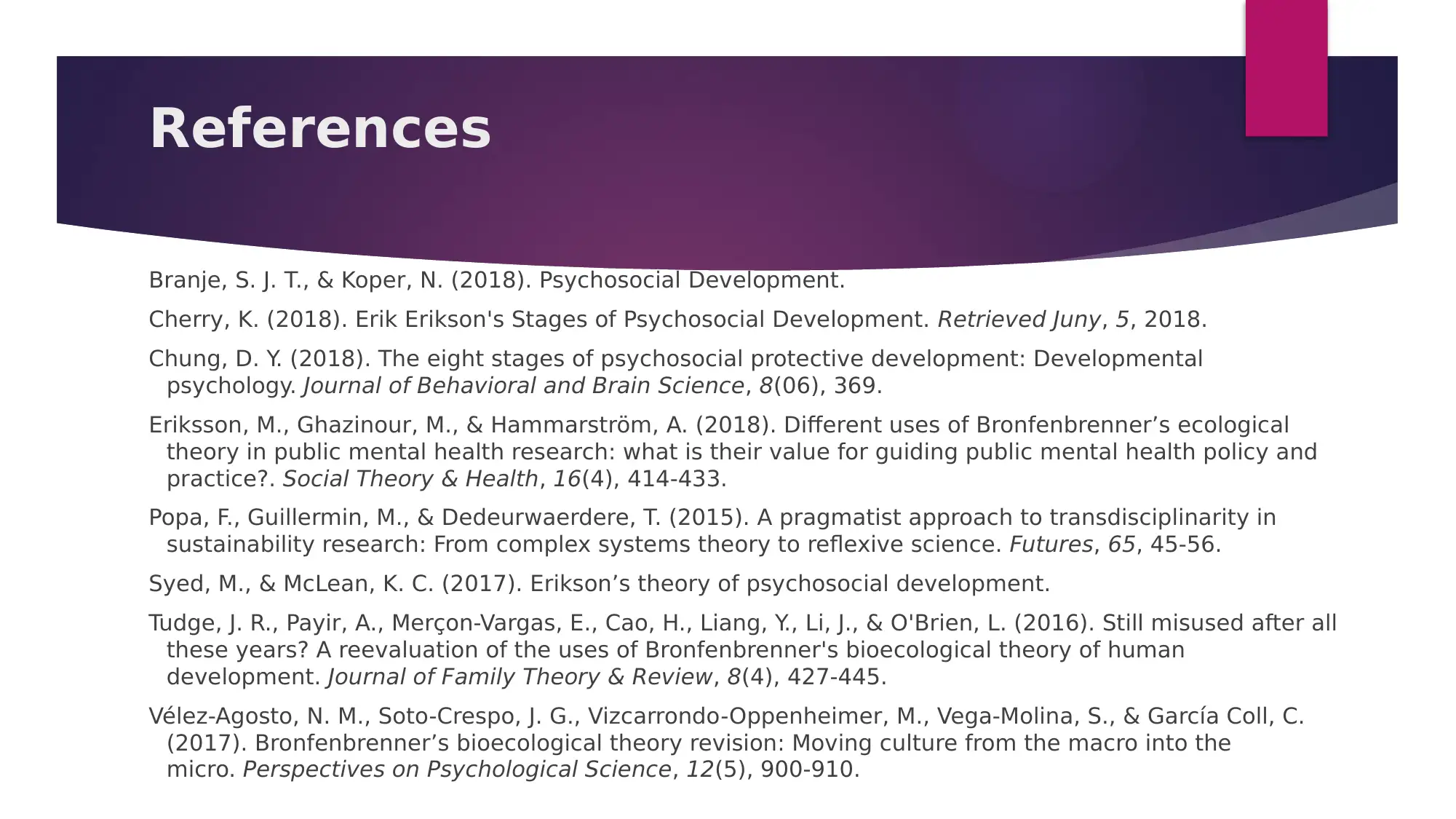






![[object Object]](/_next/static/media/star-bottom.7253800d.svg)